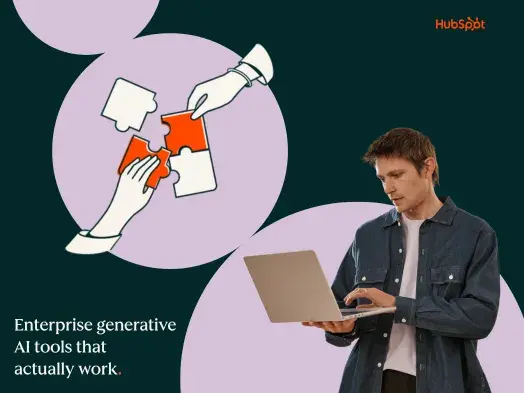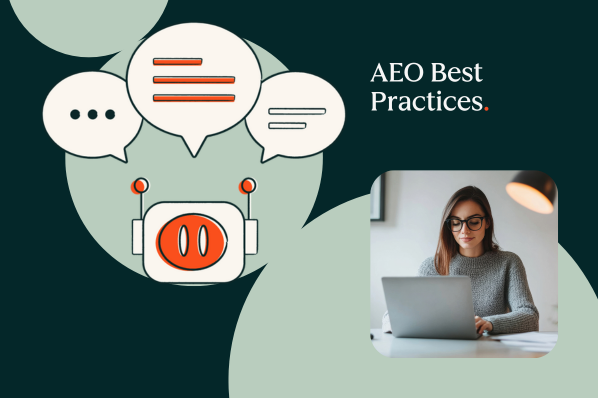How Advertising Professionals Use AI
Adoption
When it comes to AI adoption, it’s pretty recent for most advertisers I surveyed, with 70% of respondents saying they’ve only been using AI tools for advertising in the last 12 months.
This explains why 55% of respondents report that their organization’s AI adoption level is intermediate, meaning they regularly use it for specific tasks while 22% report only beginning to experiment with basic AI applications.
![19% of advertisers surveyed say they let al lead while their creative teams take a backseat.]](https://53.fs1.hubspotusercontent-na1.net/hubfs/53/ai-advertising-1-20250424-5330427.webp)
How is it going so far? 67% of respondents say using AI has had a positive impact on the effectiveness of their advertising strategy. In addition, 22% report that AI implementation has led to a significant advantage against competitors.
Most respondents (36%) see AI as assistive technology in which humans lead. Roughly another third (32%) of respondents believe in an equal, co-creation effort between advertisers and AI.
There’s another 19% who say their creative teams let AI lead with human oversight.
Given these data points, why isn’t adoption higher? Here are the top three reasons respondents cite for not adopting AI further:
- Data quality or accessibility issues
- Integration with existing systems
- Budget constraints
![36% predict data analysis will be most transformed by al in the next five years.]](https://53.fs1.hubspotusercontent-na1.net/hubfs/53/ai-advertising-2-20250424-255384.webp)
The survey suggests that the higher the org’s AI adoption level, the more likely they are to struggle with integrating it with their current systems.
That’s because when you’re just starting out, you’re typically using simple software, like AI chatbots, which don’t require complex system integration. But as you start to incorporate AI into your workflows and operations, integration becomes necessary and can be a bottleneck.
Tools and Usage
To start things off, there are two companies most advertisers I surveyed go to for their AI needs: OpenAI – saw that one coming – and Google.
![top al tools advertisers use]](https://53.fs1.hubspotusercontent-na1.net/hubfs/53/ai-advertising-3-20250424-7411085.webp)
The third most popular company is Meta, though only a third of respondents report using it.
So, what are they using it for? Content creation for the most part. It’s also the process 29% of respondents report seeing the most improvement in since using AI.
Forty-four (44%) of advertisers surveyed use AI for audience targeting and segmentation and 36% for performance prediction and analytics.
The four percent (4%) who report using AI expertly see even improvement across these 3 categories. This suggests that increased AI adoption drives greater returns.
Less than five percent of respondents use it for sentiment analysis, trend prediction, A/B testing, or budget allocation.
![top use cases for al in advertising]](https://53.fs1.hubspotusercontent-na1.net/hubfs/53/ai-advertising-4-20250424-6912084.webp)
When I asked respondents to predict which areas will be most transformed by AI in the next five years, most (36% of respondents) said data analysis.
Creative development and content production are tied for the next areas that’ll be most impacted by AI.
Switching to the human side of things, most advertisers believe strategic thinking and data interpretation are the most valuable skills in this AI era.
![11% of advertisers surveyed believe ethical judgement has become more valuable in this al era.]](https://53.fs1.hubspotusercontent-na1.net/hubfs/53/ai-advertising-5-20250424-77277.webp)
By far, the challenge respondents report most when implementing AI in their work is the inaccuracies that come up. They also cite training and AI literacy and copyright concerns.
That said, only 11% of respondents believe ethical judgement has become more valuable.
How do advertisers plan to invest in AI? More on that next.
Investment
Most advertisers surveyed (36%) plan to invest between five and 20 percent of their ad budget on AI while twenty-five percent will invest 21 to 40% of their budget on AI.
Fifteen percent of respondents plan to invest less than 5% of their budget in AI while only 6% will invest more than half of their budget.
Of those 6% of advertisers, 40% report that performance prediction and data analytics have been most improved by AI.
Key Takeaways
If you’re just starting to explore AI, you’re not alone and you haven’t missed the train. Most marketing professionals have only recently gotten aboard – within the last year to be more specific.
And they’re not going full speed either – they’re starting with the more simple content generation and slowly graduating to more complex tasks.
Lastly, we know that when advertisers start using AI, their business is in a better position against competitors.
So while initial investments may be conservative, the gradual adoption signifies a shift toward AI implementation.

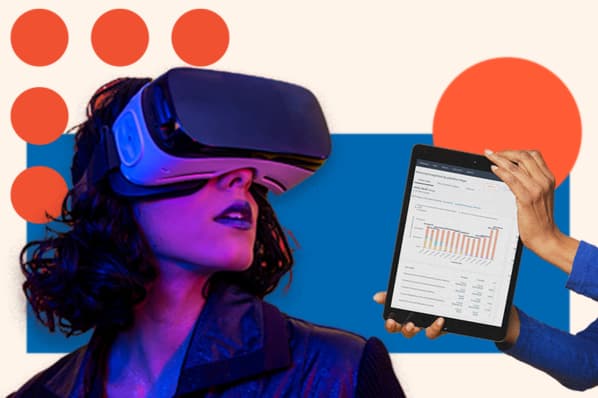
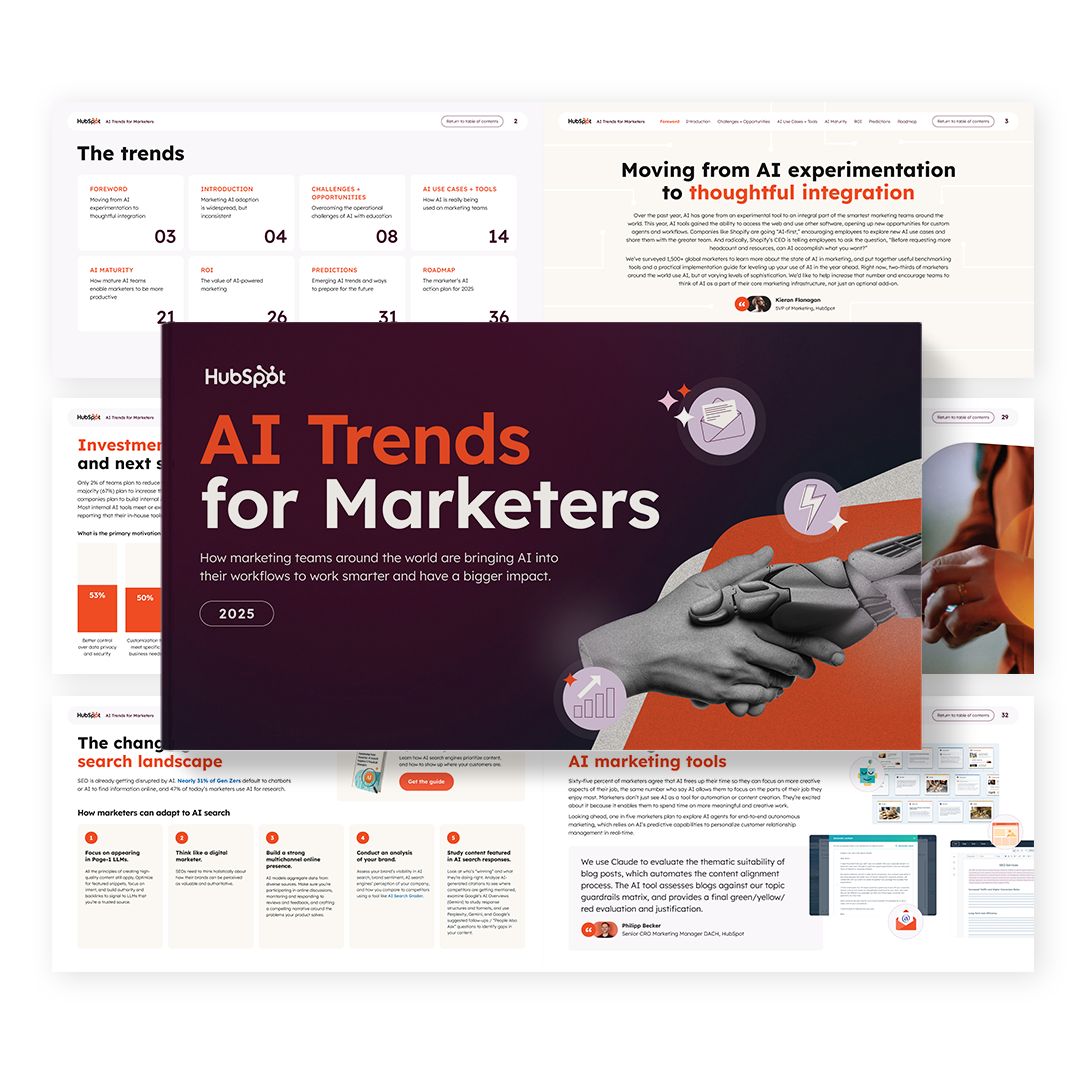
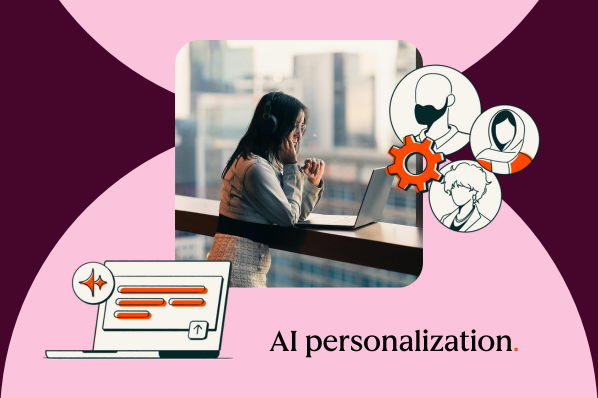
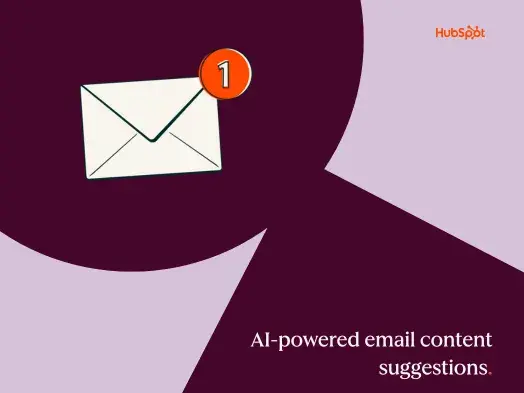

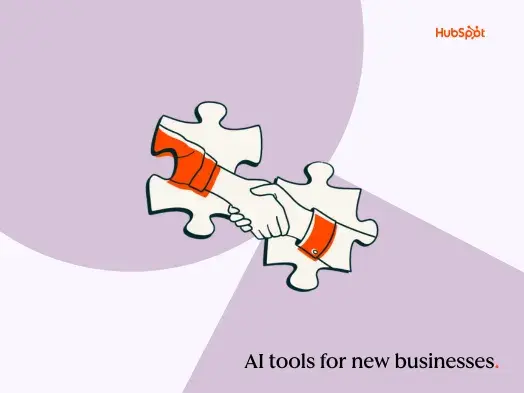
![AI email subject lines that drive 3x more revenue and actually convert [+ exclusive insights]](https://53.fs1.hubspotusercontent-na1.net/hubfs/53/ai-email-optimization-1-20251014-4500151-1.webp)
